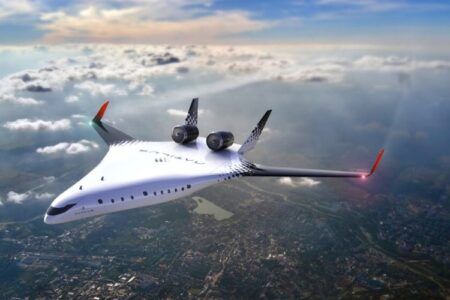A high-tech paint has made a state-of-the-art aerodynamics testing possible at NASA’s Ames Research Center in California’s Silicon Valley. Called Unsteady PSP (pressure-sensitive paint), NASA aerospace researchers realized the technology could be used to measure fluctuating pressure forces affecting aircraft and spacecraft, and tackle a big challenge in their research.
Unsteady PSP had already been used in small research tunnels for several years, but a test conducted by the US Air Force convinced the NASA Ames team, led by Jim Ross and Jayanta Panda, that they could adapt the methods for use in their bigger, busier wind tunnel environment.
They joined forces with researchers from the Air Force’s Arnold Engineering Development Complex to apply this method to the study of buffet, the term for the vibrations experienced by vehicles in turbulent airflow. They chose a generic rocket body for their first-ever test, and, in November 2015, the much-anticipated event took place at NASA Ames.
“It was quite a large effort with collaboration across divisions at the center, across multiple NASA centers, and among different government agencies,” said Nettie Roozeboom, an aerospace engineer and PSP-measurement lead at Ames.
“We learned from this test that this method is what you need to study buffet,” said Ross. “There’s a lot we don’t understand about unsteady flow that this paint will help us figure out.”
The researchers will be able to compare the results obtained with Unsteady PSP to the traditional method of measuring buffet, which uses many tiny microphones. This will help reveal where the data from the latter is working well and where it can be improved, by better understanding unsteady airflow.
February 1, 2017




